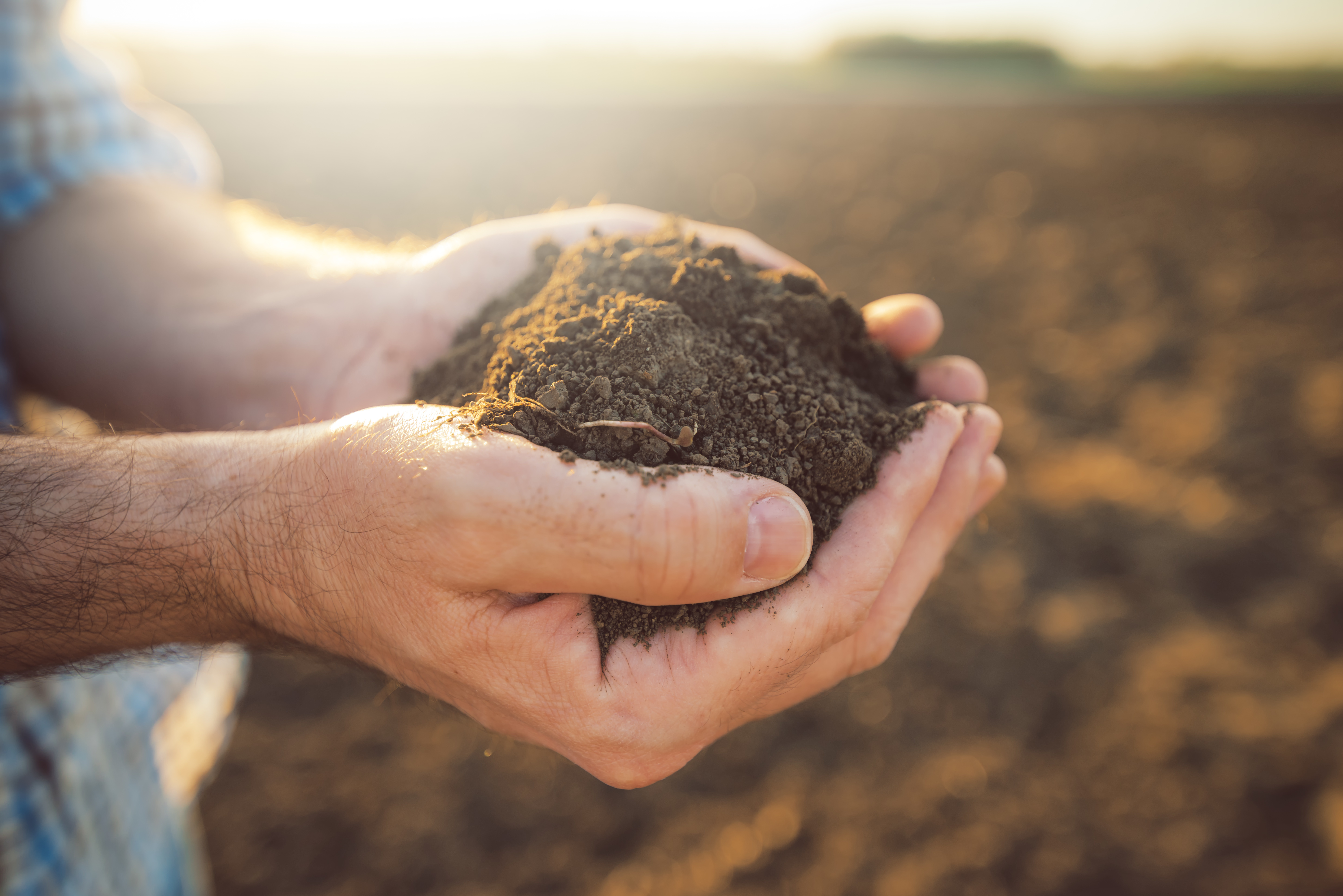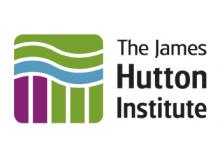Protecting soil health is critical to environmental sustainability, as soils:
• Exchange gases, such as carbon dioxide and nitrogen oxides, with the atmosphere
• Regulate the flow of water and rainfall in the water cycle
• Provide nutrients for plant growth, by breaking down organic matter and altering chemical fertilisers
• Transform and store organic materials, as part of the terrestrial carbon cycle
• Degrade contaminants applied through human activities or left by floods and aerial deposition
A healthy soil is able to sustain, in the long term, these important functions. In a healthy soil, the interactions between chemistry (pH, nutrients and contaminants), physics (soil structure and water balance) and biology (including earthworms, microbes and plant roots) are optimised for the conditions in that place.
View more from AHDB GREAT Soils.
Share resources you find helpful below.










